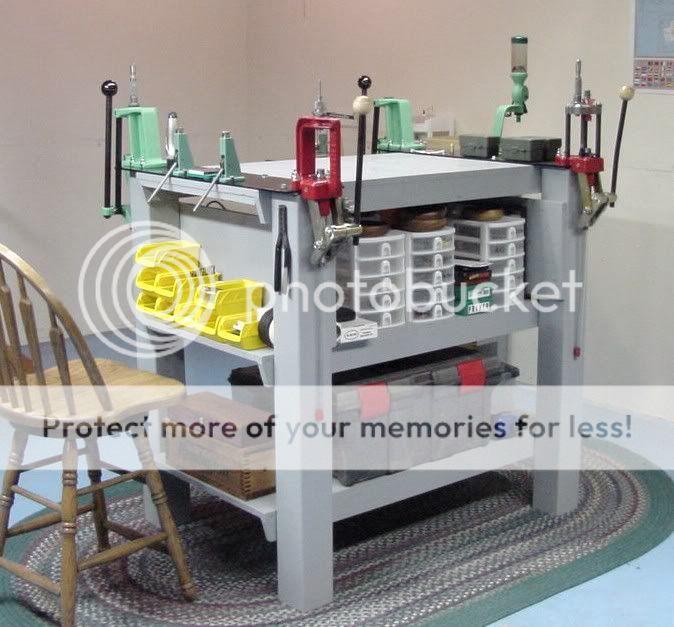supercrossbmx69
Well-Known Member
- Joined
- Dec 31, 2010
- Messages
- 360
ive used both and like the automatic priming tool better but have heard from people the the automatic priming tool tends to push the primer in to far and you get inconsistant depths.
 Help Support Long Range Hunting Forum
Help Support Long Range Hunting Forum
IMO, the problem with either is that primer seating should not be seen about consistency in depth, but consistency in function.
The ONLY primer tool that provides this is an indicated K&M.
It's the only tool that measures pocket depth to uncrushed primer height for zeroing, and indicates the desired crush of fully seated. All other tools are based on pretty much nothing that could be considered a standard for primer function.
'Feel' is merely merchandising.
The indicated K&M directly demonstrates this..
